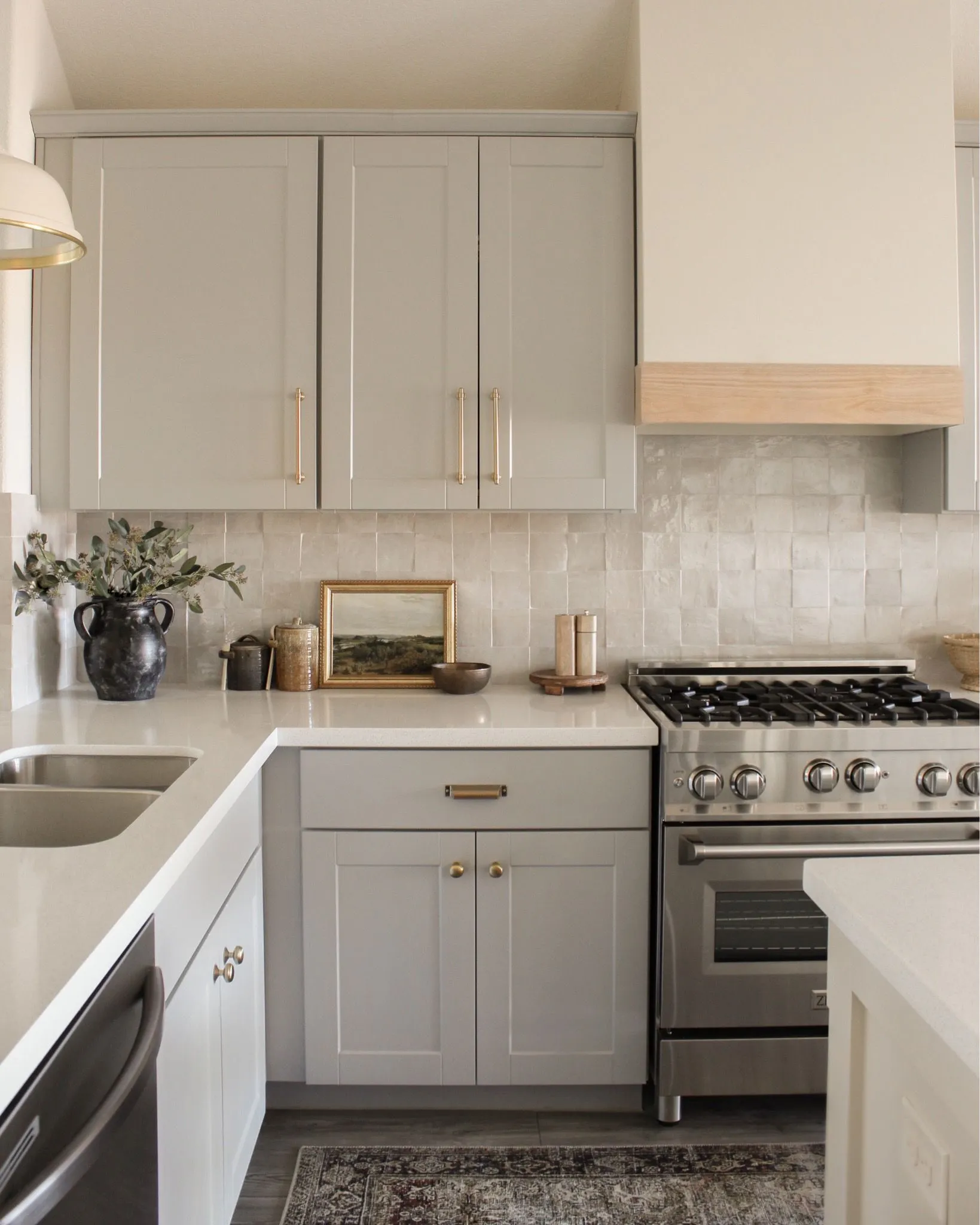Bath & Kitchen Decor Top 7 Tips
Transforming your bath and kitchen doesn’t have to be a daunting task. With the right approach, you can create functional and stylish spaces that reflect your personality and meet your needs. This guide provides top 7 tips to help you create the bath and kitchen of your dreams. From maximizing space to choosing the perfect color palette and materials, these insights will help you navigate the decorating process with confidence. Let’s dive in and explore how to elevate your bath and kitchen decor!
Tip 1 Maximize Space
In both the bath and kitchen, efficient use of space is crucial. Whether you are working with a small apartment or a spacious home, maximizing the available area can significantly improve functionality and aesthetics. Think vertically and creatively to find solutions that optimize your space and minimize clutter, making your bath and kitchen feel larger and more inviting.
Utilizing Vertical Space
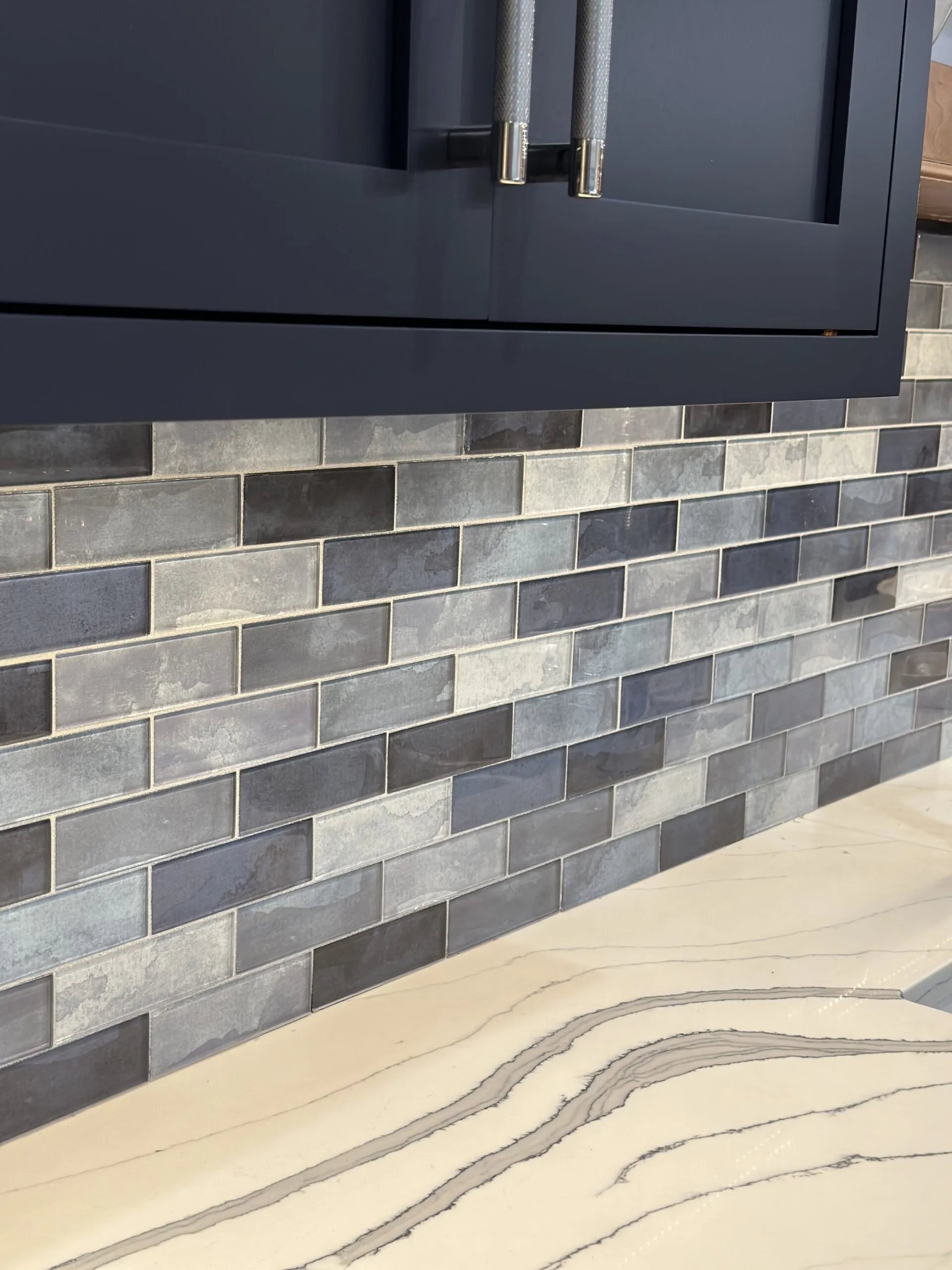
One of the most effective ways to maximize space is to utilize vertical areas. Install tall cabinets in the kitchen to store cookware, pantry items, and small appliances, keeping countertops clear. In the bath, consider adding floating shelves above the toilet or along the walls to store towels, toiletries, and decorative items. Vertical storage solutions not only provide more storage but also draw the eye upward, making the room appear taller.
Smart Storage Solutions
Implementing smart storage solutions can transform a cluttered bath or kitchen into an organized haven. Use drawer dividers, pull-out shelves, and lazy Susans to make the most of every inch of cabinet space. In the bath, consider a vanity with built-in drawers and shelves to keep essentials organized. In the kitchen, a well-organized pantry with clear containers and labels will make it easier to find ingredients and reduce food waste.
Tip 2 Choose the Right Color Palette
The color palette you choose for your bath and kitchen sets the mood and tone of the space. Colors can influence our emotions and perceptions, making it essential to select hues that complement your style and create the desired ambiance. Whether you prefer a calming, spa-like atmosphere or a vibrant, energetic kitchen, the right colors can significantly impact the overall look and feel.
Color Psychology in Bath & Kitchen
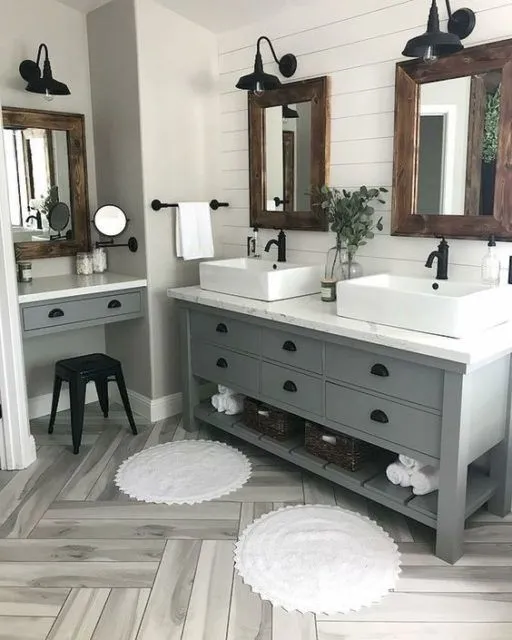
Understanding the psychology of color can help you make informed decisions. Blues and greens evoke a sense of tranquility, making them ideal for baths, promoting relaxation. Warm colors like yellows and oranges can energize a kitchen, stimulating appetite and encouraging social interaction. Neutral tones provide versatility and a sense of spaciousness, perfect for smaller areas.
Trending Colors for Bath & Kitchen
Stay up-to-date with the latest color trends to keep your spaces fresh and stylish. Currently, soft, muted tones such as sage green, pale blues, and warm grays are popular choices for creating a calming atmosphere. In the kitchen, consider incorporating bolder accents with navy, charcoal, or even pops of vibrant colors like coral or teal to add personality.
Tip 3 Select Durable Materials
The bath and kitchen are high-traffic areas that endure daily wear and tear. Choosing durable, long-lasting materials is crucial for ensuring your spaces remain beautiful and functional for years. Consider the materials’ resistance to moisture, heat, stains, and scratches when making your selections. High-quality materials not only enhance the aesthetic appeal but also reduce the need for frequent replacements, saving you time and money in the long run.
Water-Resistant Flooring Options
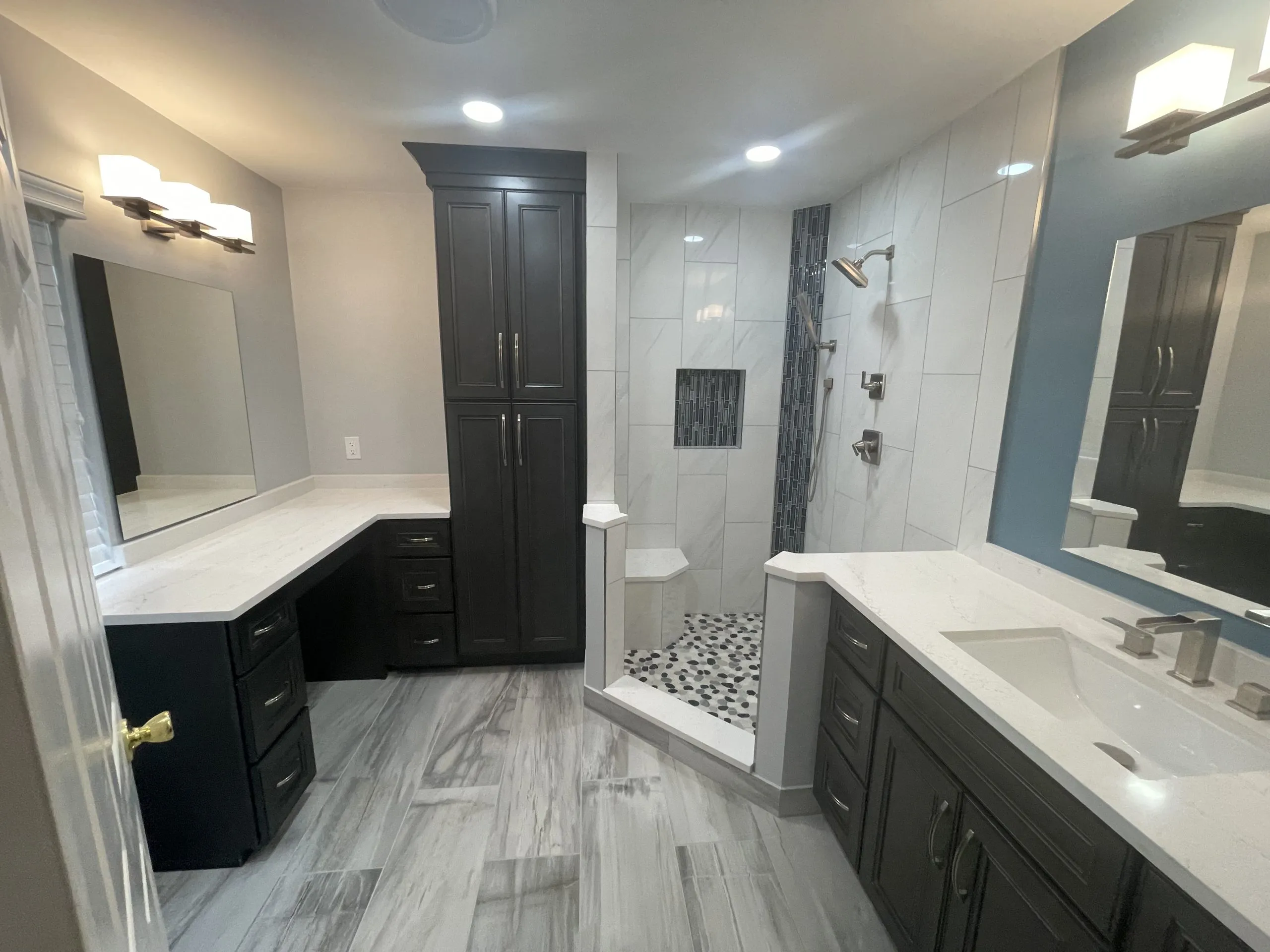
Flooring in the bath and kitchen must withstand moisture. Waterproof options such as porcelain tile, vinyl plank, and engineered wood are excellent choices. Porcelain tile offers a wide range of design options, from natural stone looks to modern patterns. Vinyl plank flooring is durable, affordable, and easy to install, while engineered wood provides the warmth and beauty of real wood with added water resistance.
Countertop Materials that Last
Countertops are a central design element. Granite, quartz, and solid surface materials are popular choices for their durability and aesthetic appeal. Granite offers natural beauty and unique patterns, while quartz is engineered for stain and scratch resistance, available in a wide array of colors and designs. Solid surface countertops provide a seamless look and are easy to maintain, making them ideal for high-use areas.
Tip 4 Lighting is Key
Lighting plays a pivotal role in the bath and kitchen, influencing both the functionality and ambiance of the space. Proper lighting can make a small bath feel larger, create a warm and inviting kitchen, and highlight the architectural features and décor. Layering different types of lighting—ambient, task, and accent—ensures that your spaces are well-lit and visually appealing.
Layering Lighting for Function and Ambiance
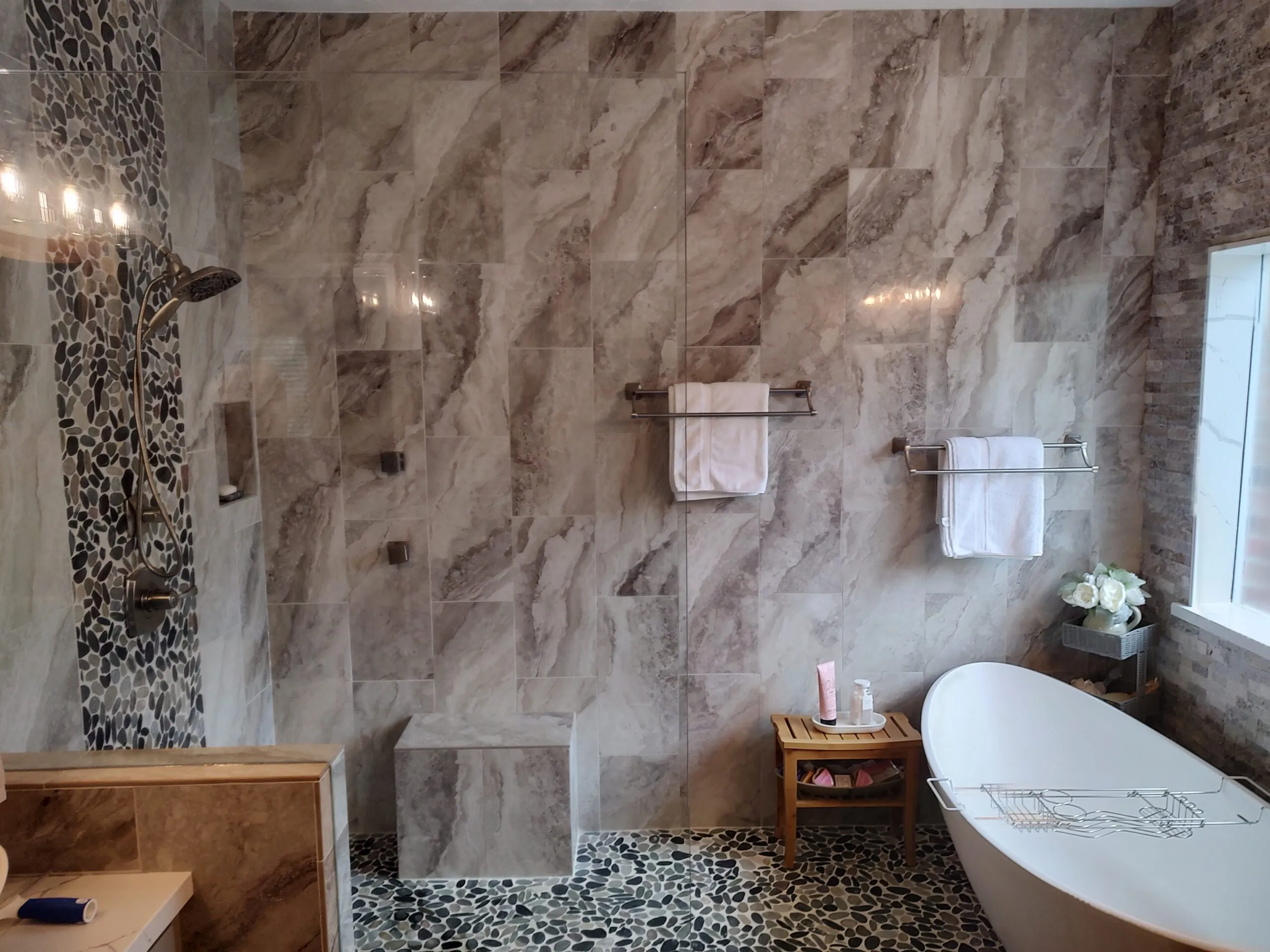
Create a layered lighting scheme by combining ambient, task, and accent lighting. Ambient lighting provides overall illumination, task lighting is focused on specific areas for activities such as cooking or applying makeup, and accent lighting highlights design features or creates mood. In the bath, install overhead lighting, task lighting around the mirror, and accent lighting like a chandelier or sconces. In the kitchen, combine recessed lighting with under-cabinet lights and pendant lights above the island.
Energy-Efficient Lighting Choices
Opt for energy-efficient lighting options to reduce energy consumption and lower your utility bills. LED bulbs are a great choice, offering long life, excellent light quality, and a wide range of design possibilities. They come in various shapes, sizes, and color temperatures, making them suitable for any decor style. Consider smart lighting systems that allow you to control your lights remotely and adjust brightness and color to suit your needs.
Tip 5 Accessorize Thoughtfully
Accessories add personality and complete the look of your bath and kitchen. Thoughtfully selected accessories can infuse the spaces with your unique style and enhance both functionality and aesthetics. Choosing the right accessories can make a significant difference in the overall design, creating a cohesive and inviting environment. Be mindful of scale, color, and style to ensure that your accessories complement the existing decor.
Adding Personal Touches
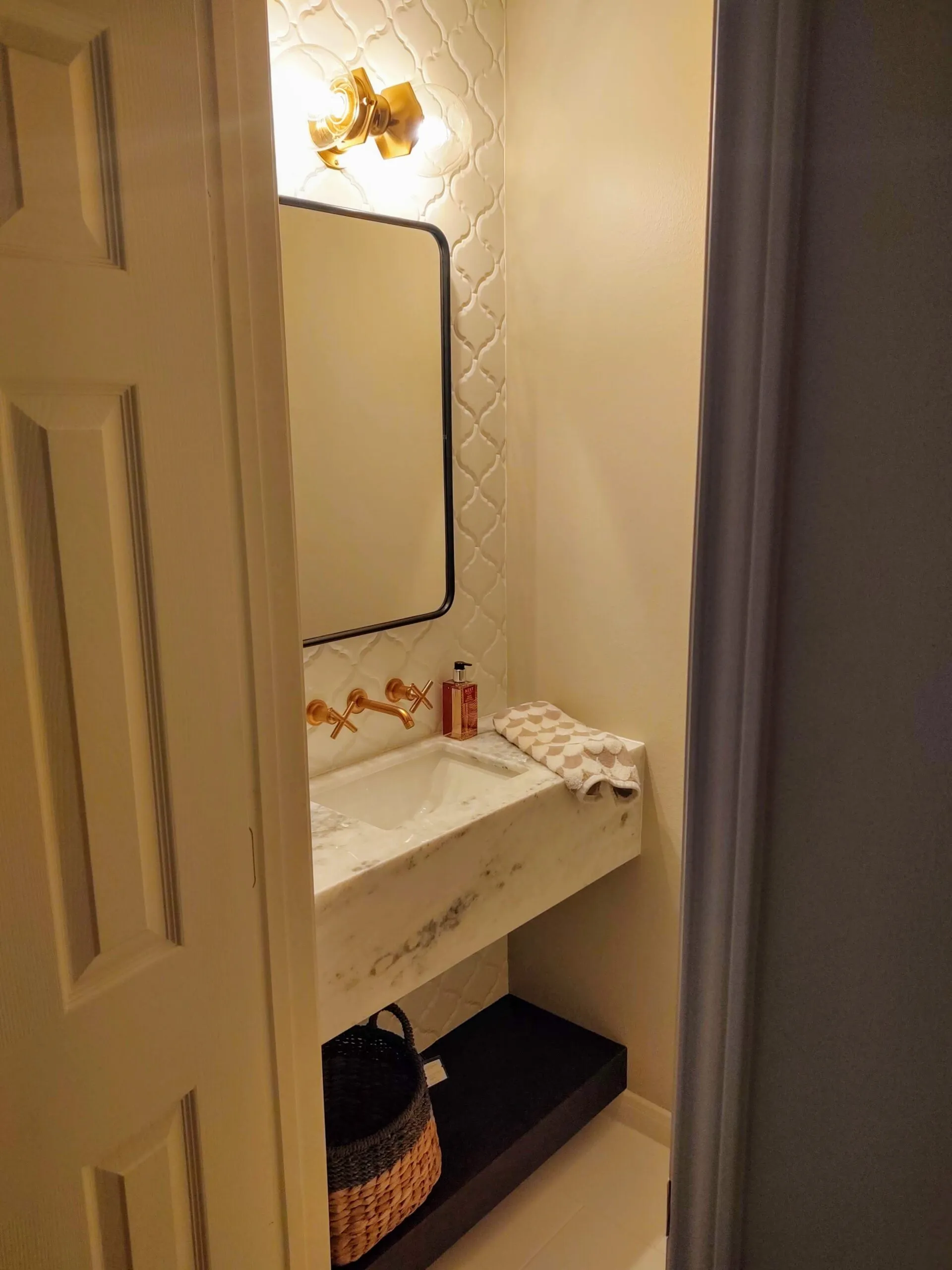
Personalize your spaces with items that reflect your tastes and interests. In the bath, add artwork, decorative trays, and scented candles. In the kitchen, display cookbooks, utensils, and decorative bowls. Incorporate elements that evoke positive memories or inspire you, such as family photos or souvenirs from travels. These personal touches will make your spaces feel like home.
The Importance of Textiles
Textiles bring warmth, texture, and visual interest to your bath and kitchen. In the bath, use plush bath mats, soft towels, and a stylish shower curtain. In the kitchen, add patterned dish towels, a cozy rug, and seat cushions for chairs. Select textiles that complement your color scheme and add pops of color or pattern. Choose fabrics that are easy to clean and maintain, ensuring your spaces remain practical and inviting.
Tip 6 Focus on Functionality
While aesthetics are essential, prioritizing functionality is vital for creating practical and user-friendly bath and kitchen spaces. Design choices should accommodate your daily routines and make the spaces as efficient as possible. Consider the layout, workflow, and storage solutions to optimize the spaces for their intended use.
Ergonomic Design Principles
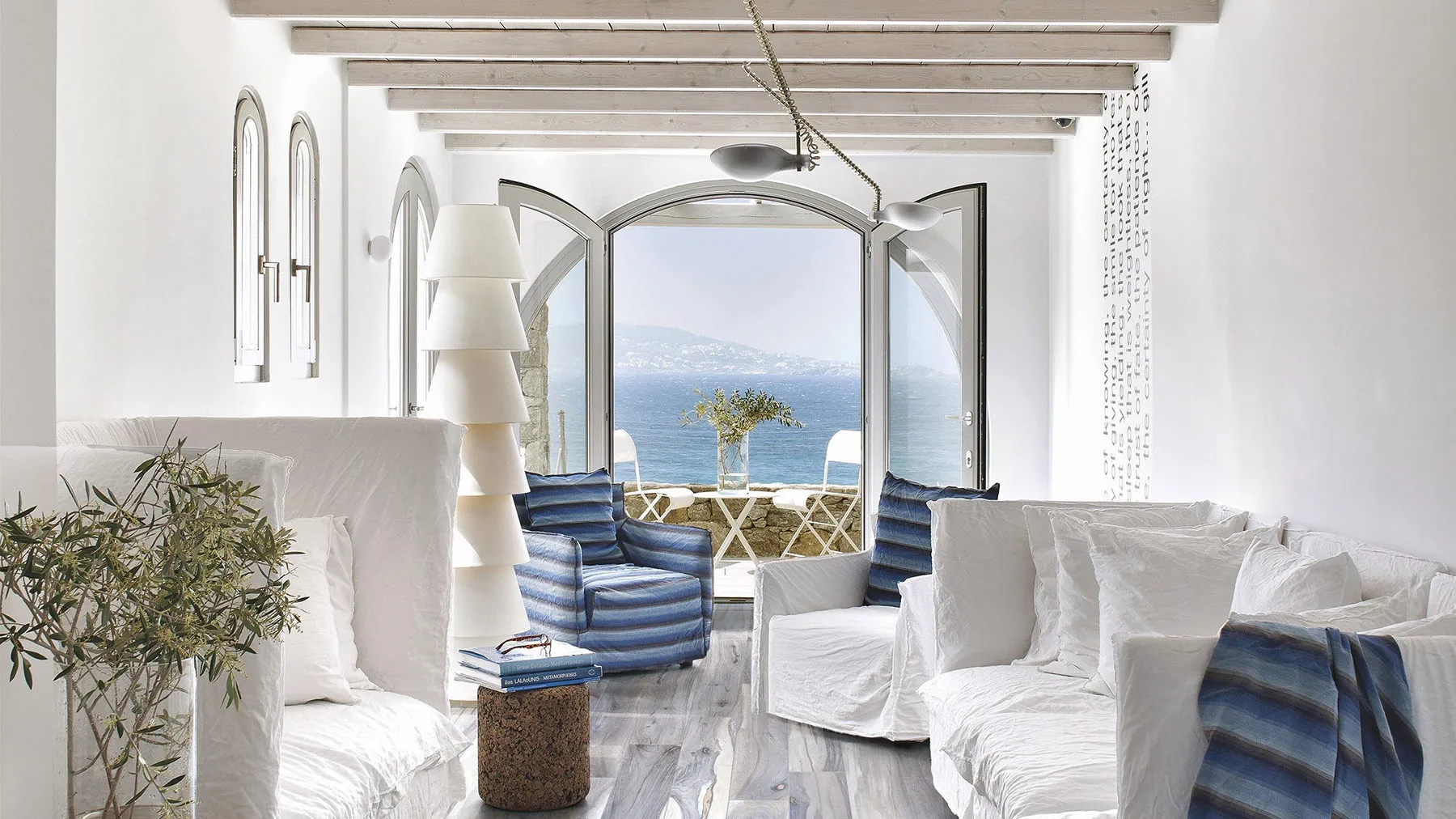
Apply ergonomic design principles to create comfortable and efficient spaces. Ensure that countertops are at the correct height for comfortable food preparation. Place frequently used items within easy reach. In the bath, install a comfortable shower and vanity with adequate storage. Consider the flow of movement within the spaces and design the layout to facilitate easy access and reduce physical strain.
Workflow Optimization in the Kitchen
Optimize the kitchen layout to improve workflow. The classic work triangle—the distance between the sink, stove, and refrigerator—should be efficient and unobstructed. Place the sink, dishwasher, and trash can near the food preparation area to facilitate cleaning and cooking tasks. Organize storage to keep frequently used items within easy reach and make your kitchen a more efficient space.
Tip 7 Plan Your Budget
Decorating projects can vary widely in cost. Planning a realistic budget from the outset is crucial for managing expenses and avoiding financial surprises. Consider all aspects of the project, from materials and labor to accessories and unexpected costs. Creating a detailed budget will help you prioritize your spending and achieve the desired results while staying within your financial limits.
Allocating Funds Wisely
Determine how much you can realistically spend on your bath and kitchen decor project. Research costs of materials, appliances, and potential labor. Allocate funds to critical elements like flooring, countertops, and lighting first. Save on less important items by opting for budget-friendly alternatives or DIY projects. Prioritize spending on items that will significantly impact the overall look and functionality.
DIY vs Professional Decorating
Decide whether to take a DIY approach or hire professional help. DIY projects can save money but require time, effort, and skills. Professional designers and contractors can offer expertise and ensure a high-quality finish but will add to the cost. Consider your skill level, available time, and budget when deciding which route to take. A combination of DIY and professional services can be a great option for some projects.
